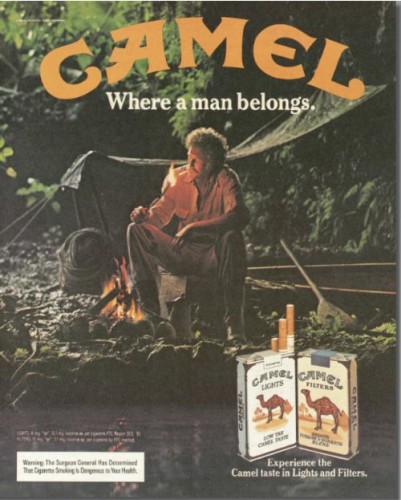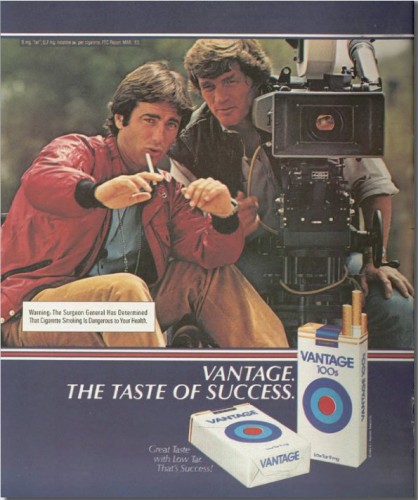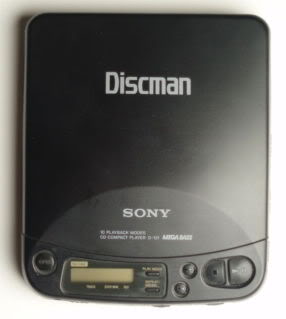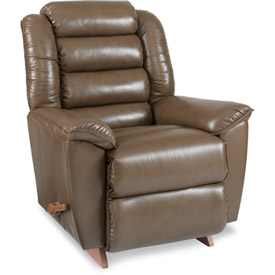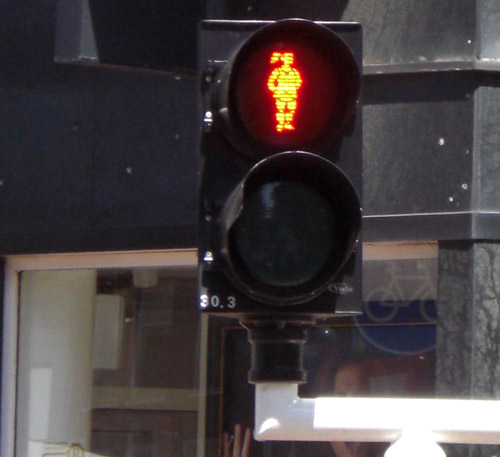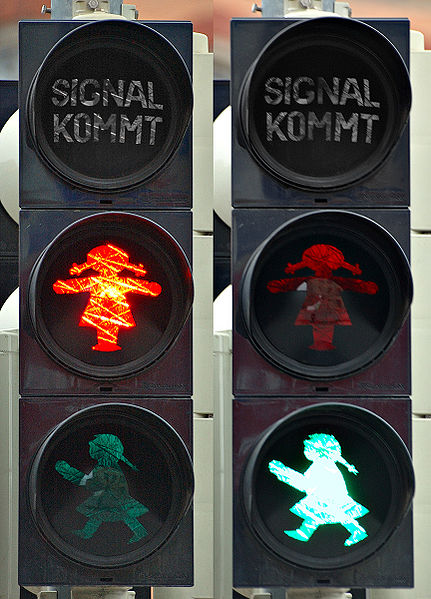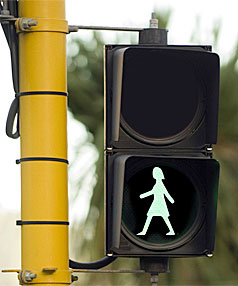Adam W., at Zoophobia, wrote a post calling out the Gotmilk.com website. The website features six characters. Here’s the front page:
Clicking on each character takes you to a page where you can play a game related to a benefit of drinking milk. As Adam explains, through the characters the website reproduces the idea that “men do things with their bodies and women have things done to theirs; men produce things, women have things produced for them.” He explains:
Slav, Igor and Sergie work their muscles to solve a puzzle.
Mr. Osseous works the assembly line saving a valuable product, and Chuck assembles cartons for shipment.
On the other hand, Miss Dowdy needs to be *given* a makeover by blasting from a cannon into a pool of milk filled by the truck driver and Mother Hen needs your help because she is “tense and irritable” from her PMS.
Also, Mr. Wyde A. Wake wants to be sleepy:
In sum:
While the male animals are productive laborers, the female animals are either ditsy blonds or cruel old hens not worthy of the same honor, but still customers who need milk.
That is, men produce and consume the milk, while women only consume it. Which is, of course, where the real craziness comes in. Adam again:
While the male animals perform all the labor in the games, the literal labor of female cows giving birth in order to begin lactating as well as the exploitation of their bodies’ labor in producing all of the milk is completely absent. It is as Joan Dunayer writes in Animal Equality: within the dairy industry, “Milking is done to her rather than by her.”
Thus the game doesn’t just erase female labor in an ideological sense (as a reproduction of gendered stereotypes), it also erases the literal labor of female animals, without with there would be no milk to get.
—————————
Lisa Wade is a professor of sociology at Occidental College. You can follow her on Twitter and Facebook.

